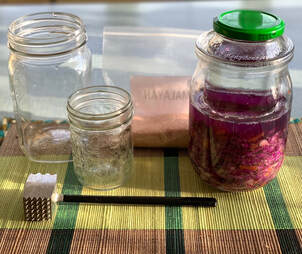
The following description is from an online article I found a few years ago. I really like the fact that you can make smaller batches in a 1 Quart Canning Jar throughout the winter – no need for a large, expensive crock.
Sauerkraut for 1 Quart (1 Litre) Canning Jar
800 grams (1.75 lbs) of cabbage and other grated veggies (see below) – approx. 4 cups total
1 Tablespoon salt (sea salt if available)
a bit of water, if necessary
1 wide mouth canning jar – 1 quart (1 litre)
1 small jar that just fits inside the large jar
meat tenderizer mallet or other pounding tool
sharp knife and cutting board (or veggie mandoline)
Instructions
- Veggies for flavoring: You can add some grated carrots or radishes to the bowl, as well as 1-2 chopped cloves of garlic if you like. Add these extras to the bowl before adding sliced cabbage, for a total weight of 800 g.
- Cabbage: You can use a medium sized purple or green cabbage. Cut the head in quarters and thinly slice the cabbage, adding it other grated veggies if desired. Add cabbage until you have a 800 g of veggies or approx. 4 cups.
- Salt: Sprinkle 1 Tablespoon of salt over the sliced and grated veggies.
- Pounding: It’s helpful to gently pound the veggies with a meat tenderizer mallet (or similar) to release juices that will form a brine with the salt. This happens after about 10 minutes of stirring and lightly pounding.
- Other flavours: Before packing the veggies into the jar, you can also add a bit of grated ginger or 1-2 tablespoons of caraway seeds.
- Packing the jar: Use a large serving spoon to fill the jar with the veggie mix. Press the mix down as you go to try and submerge the veggies with the brine. Leave about 5 cm of space from the top. If there the juices do not cover the veggies, you can add a couple of tablespoons of water.
- Place the smaller jar inside the large jar, pressing down gently. Fill the small jar with some water to keep the cabbage mix submerged.
- Fermenting: Let the sauerkraut ferment at room temperature (I set mine in a bowl in the pantry, in case the is a bit of overflow). Within a day or two (depends on room temperature), it will start to form bubbles and it will develop stronger smell. After about 2 weeks or more, take out the small jar and smell the sauerkraut. Unless it has a putrid smell, it is ready for tasting. Place a lid on the jar and move it into the fridge. It will keep for weeks.
Note: I have only had one bad batch; the fermented cabbage looked slimy and the smell was off, definitely not like proper sauerkraut. Be sure to use your senses before tasting and ask for a second opinion if you feel something is not right.
For more information, visit Cultures for Health
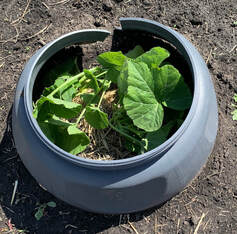
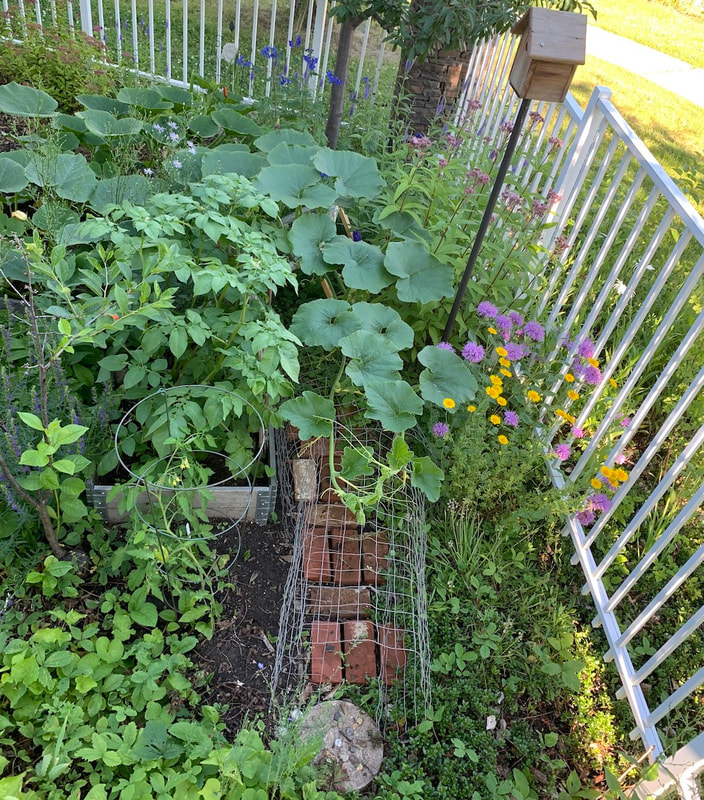
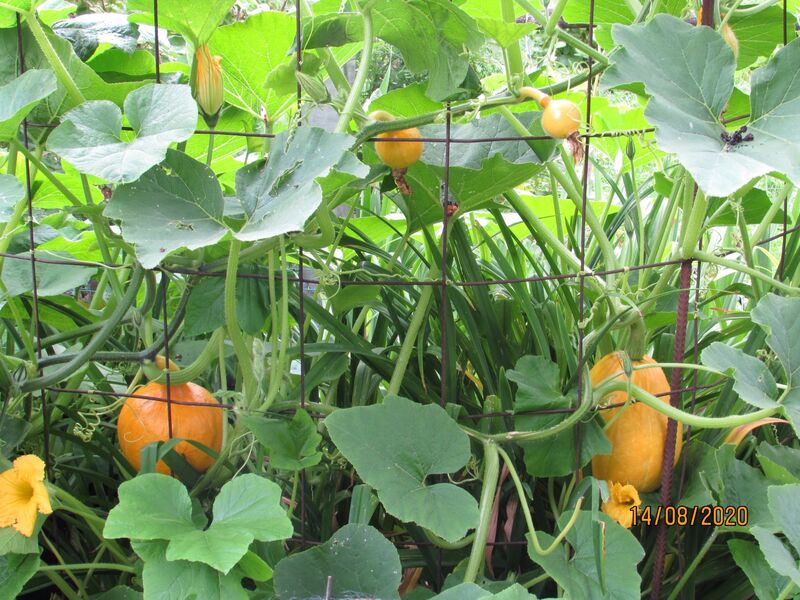
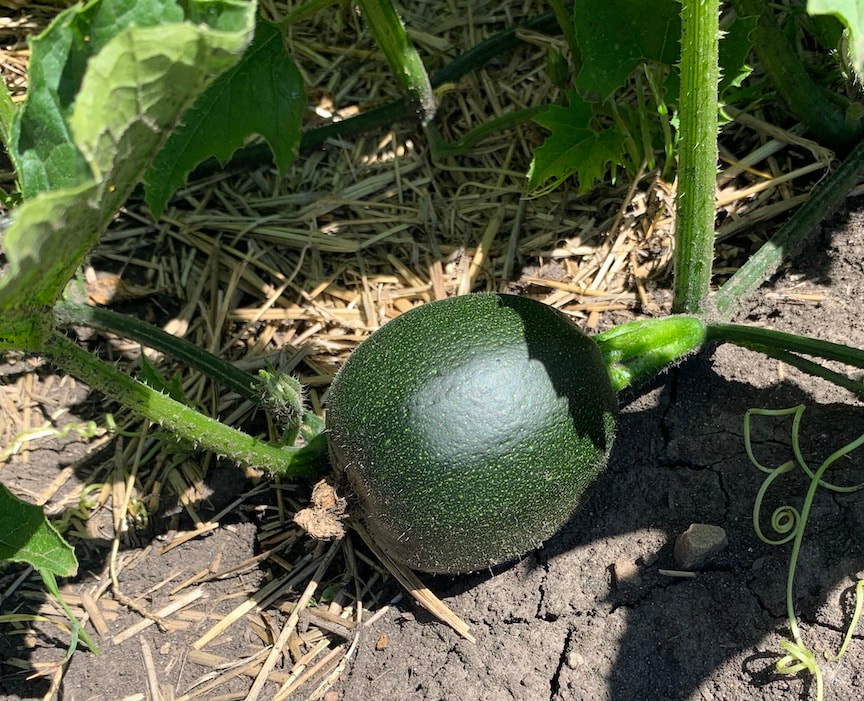
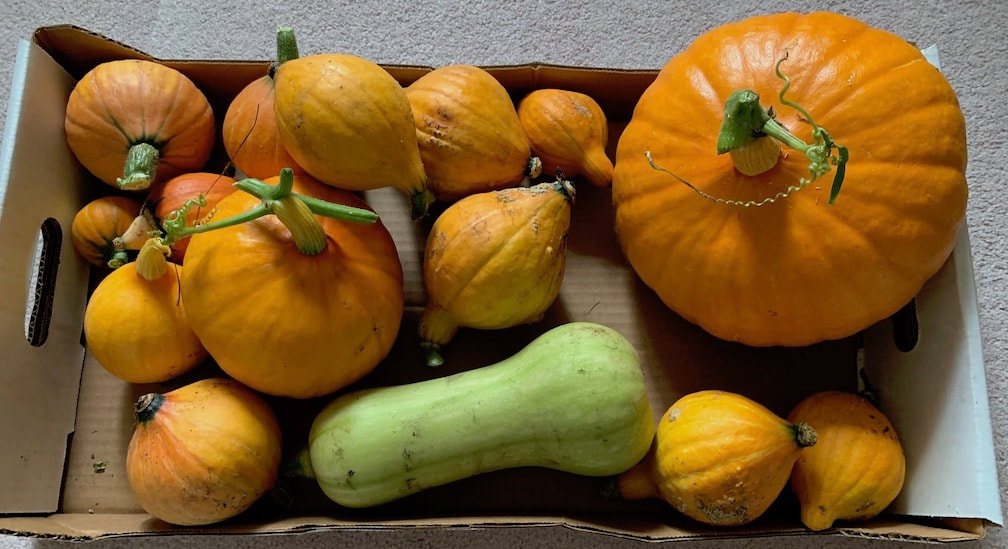
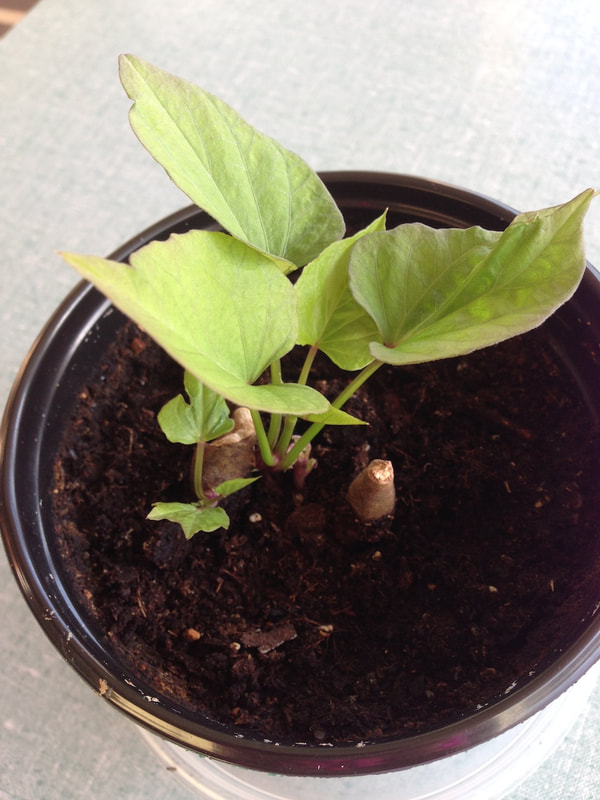
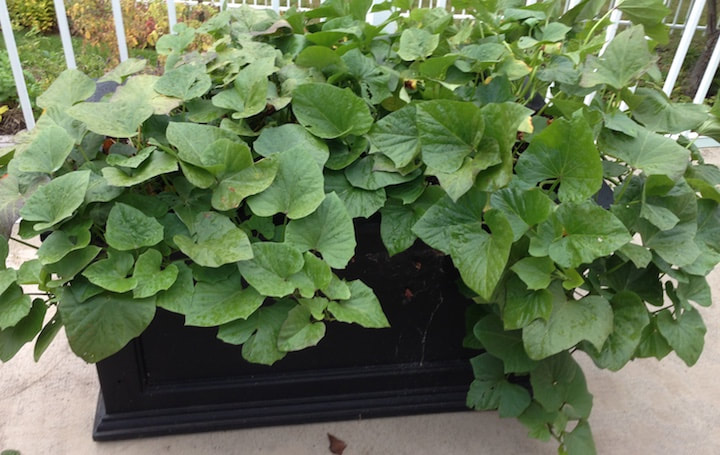
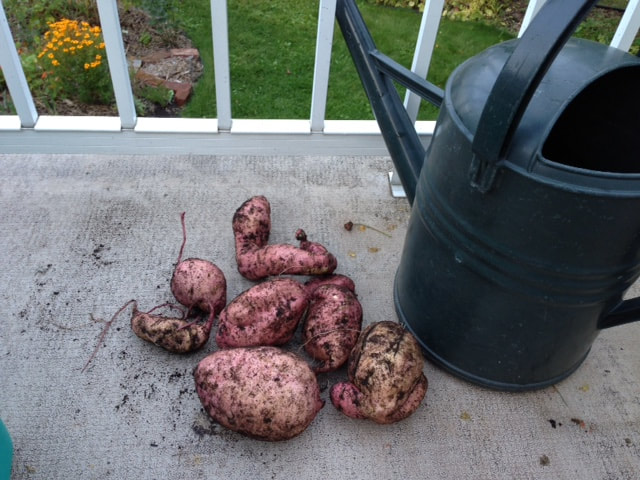
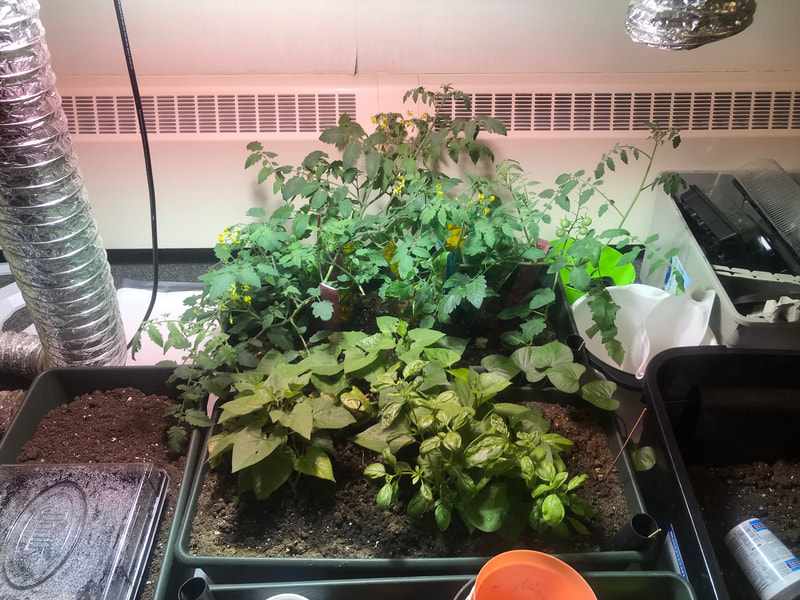
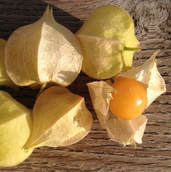
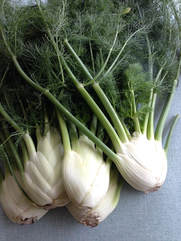
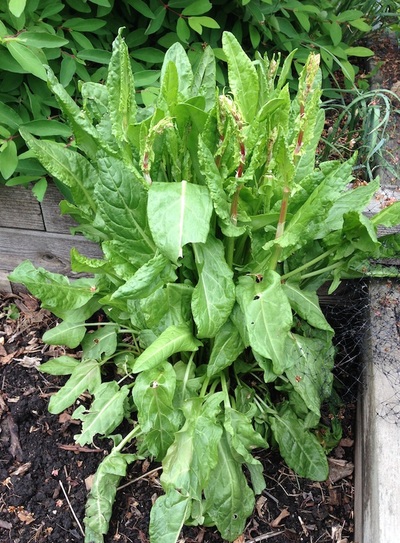
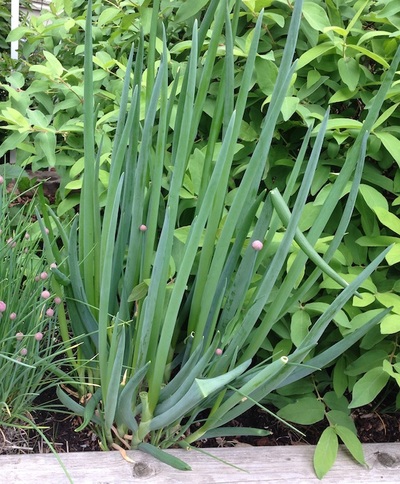
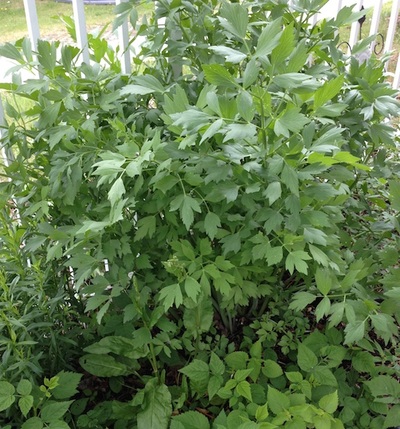
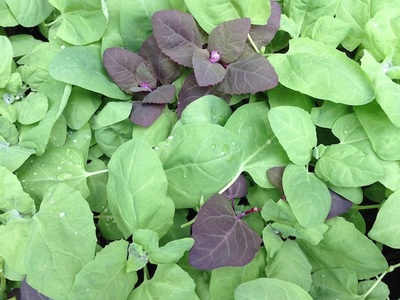
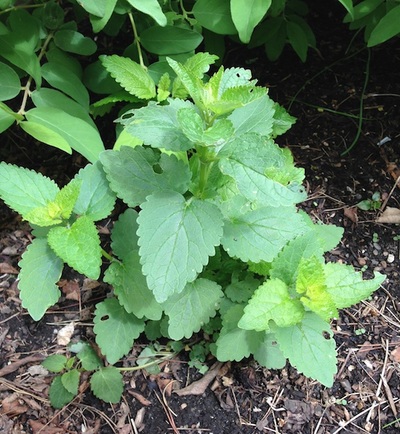
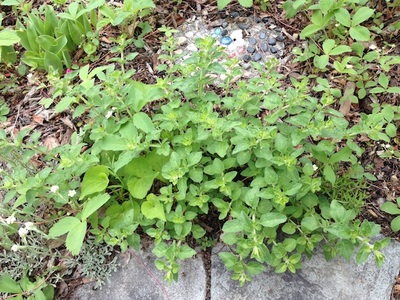
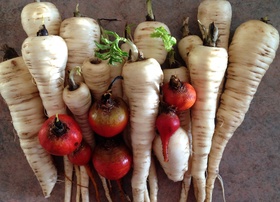
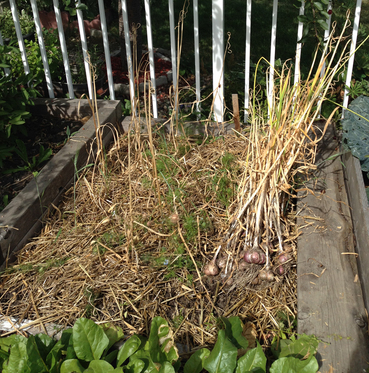
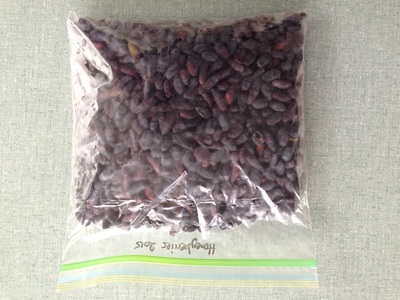
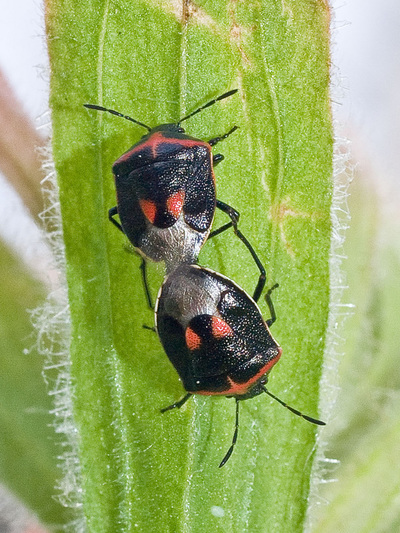
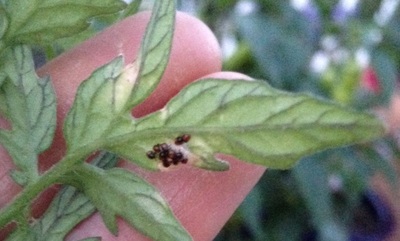
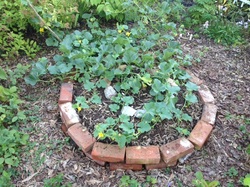
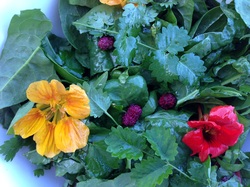
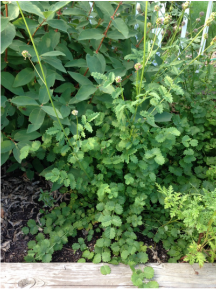
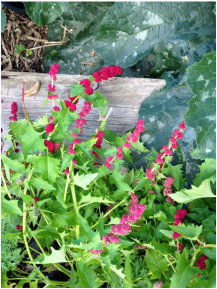
 RSS Feed
RSS Feed